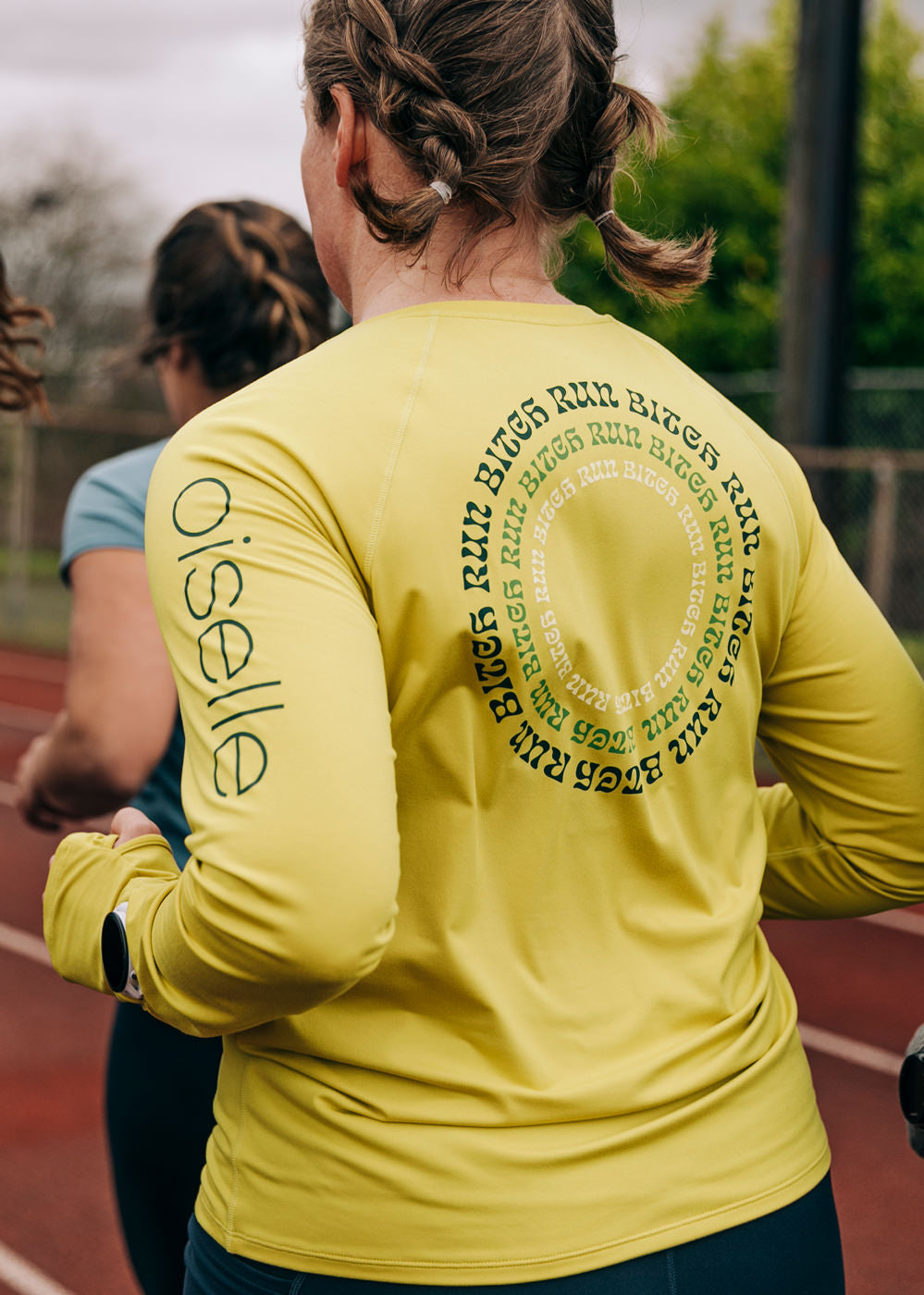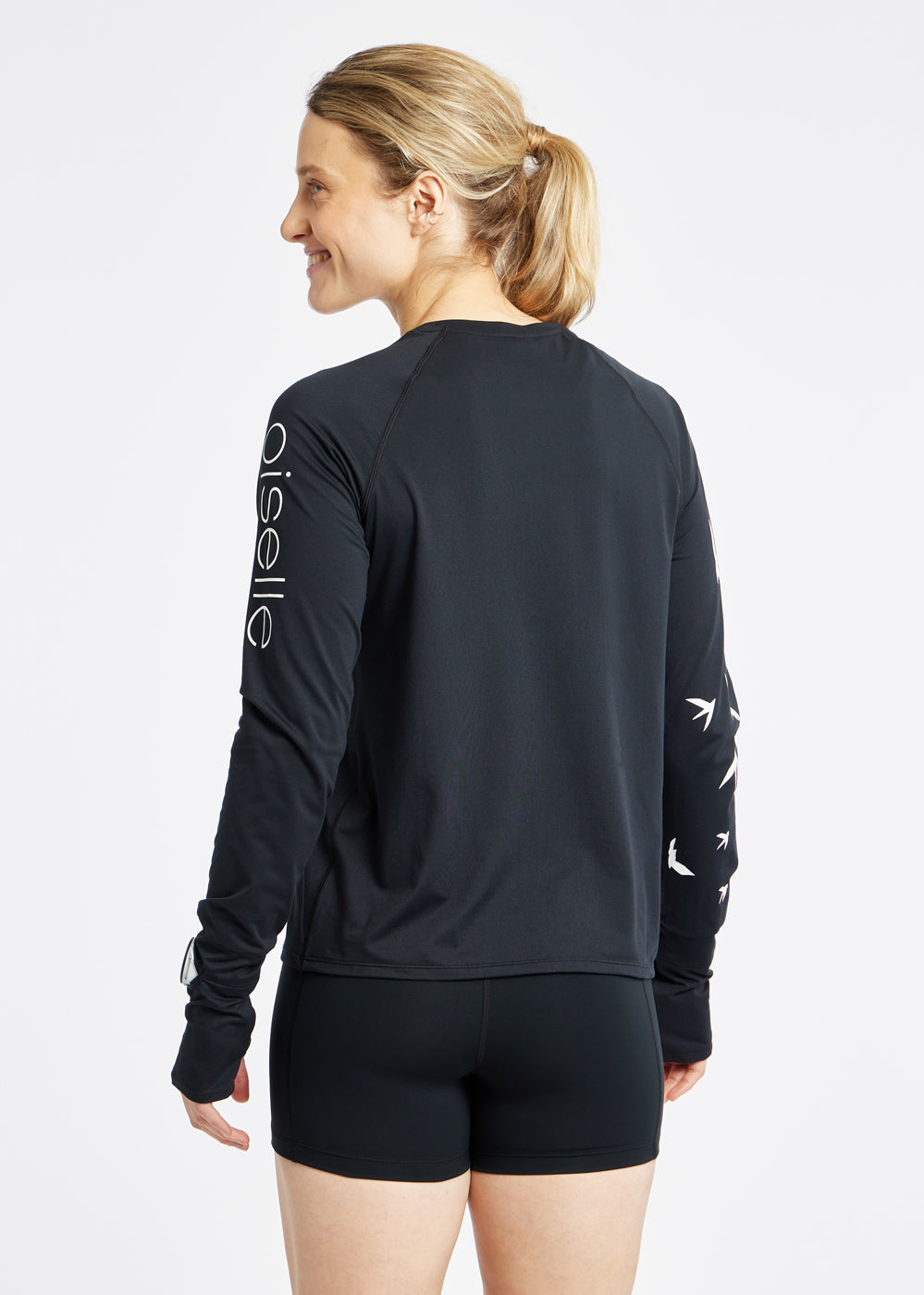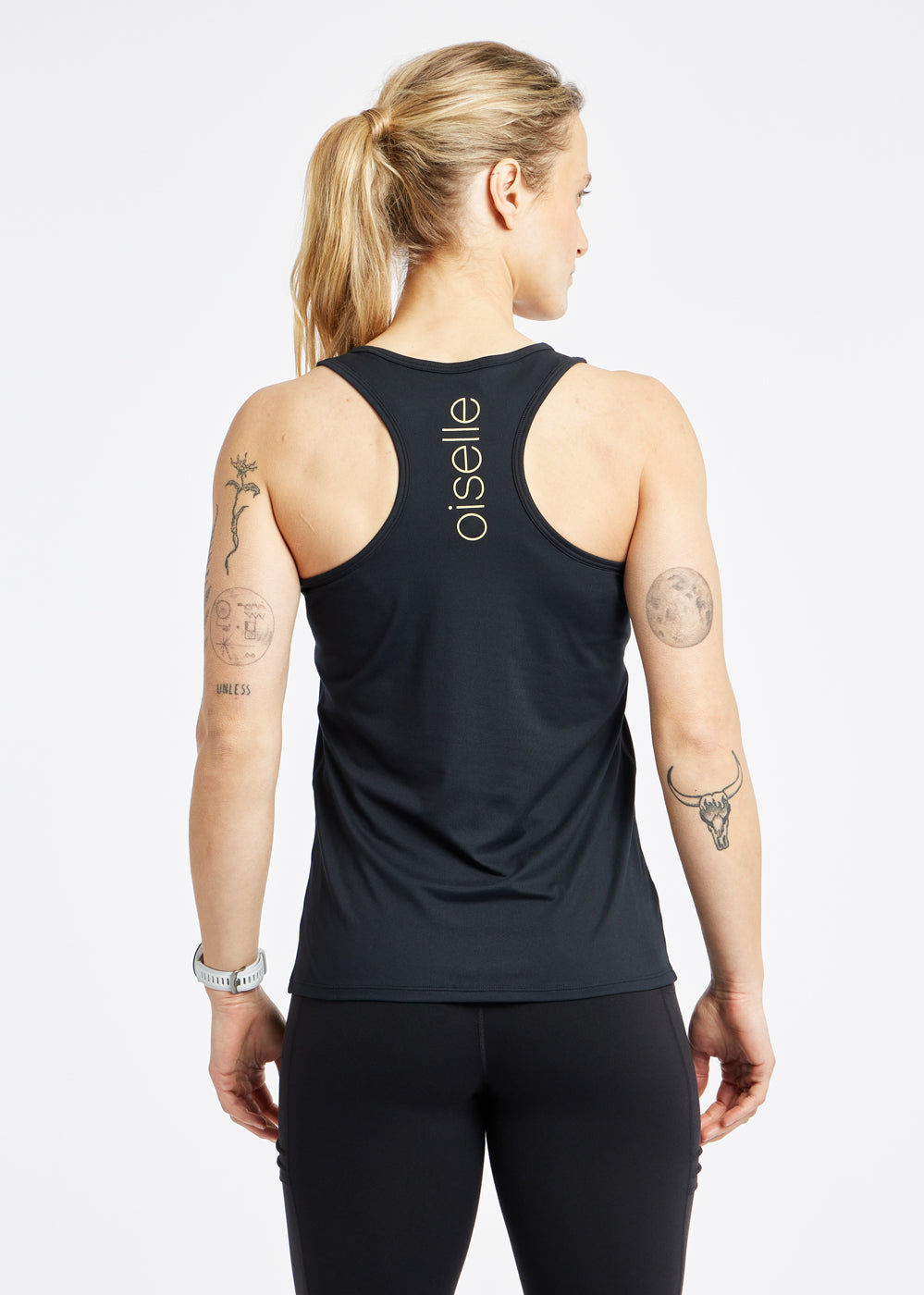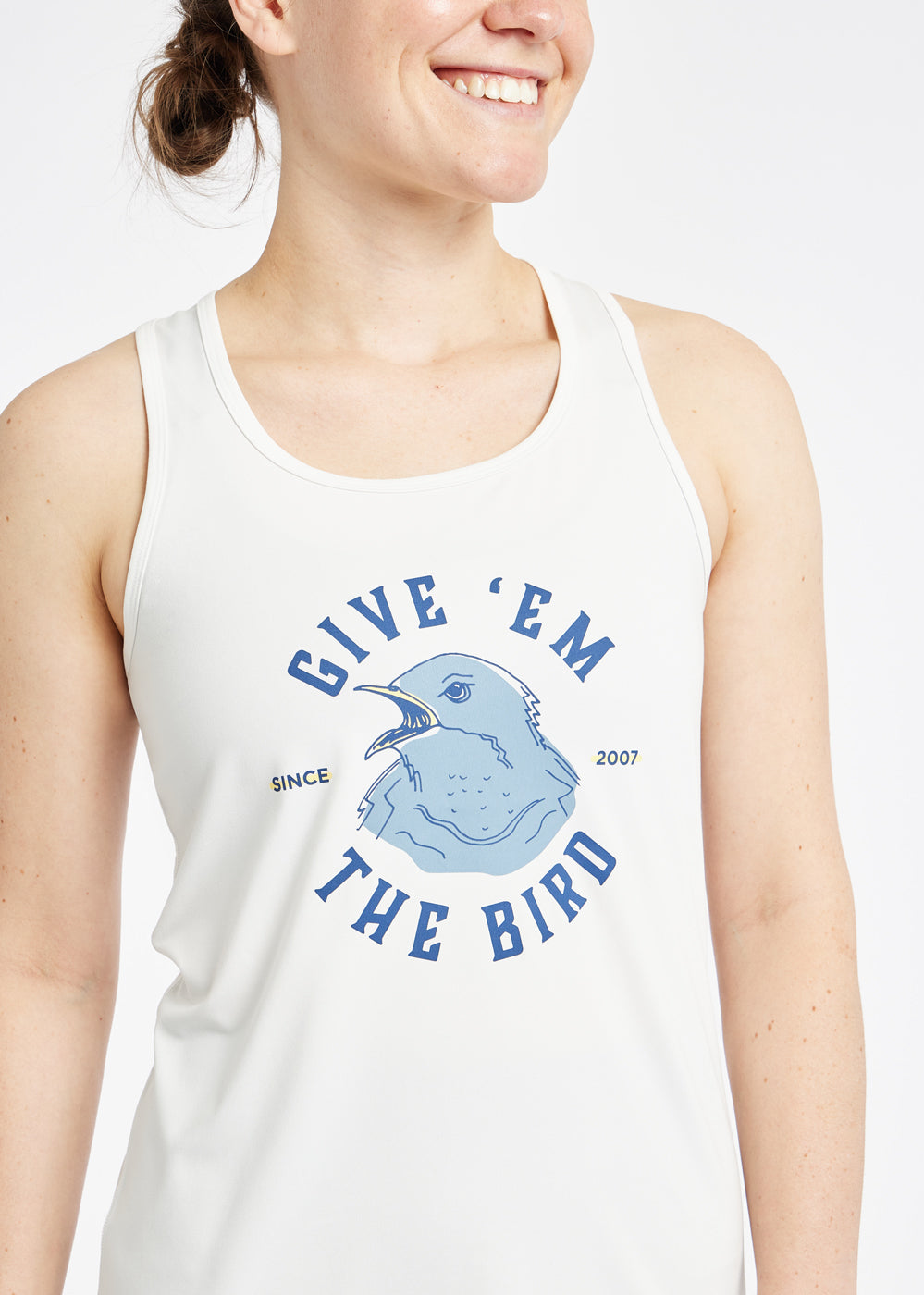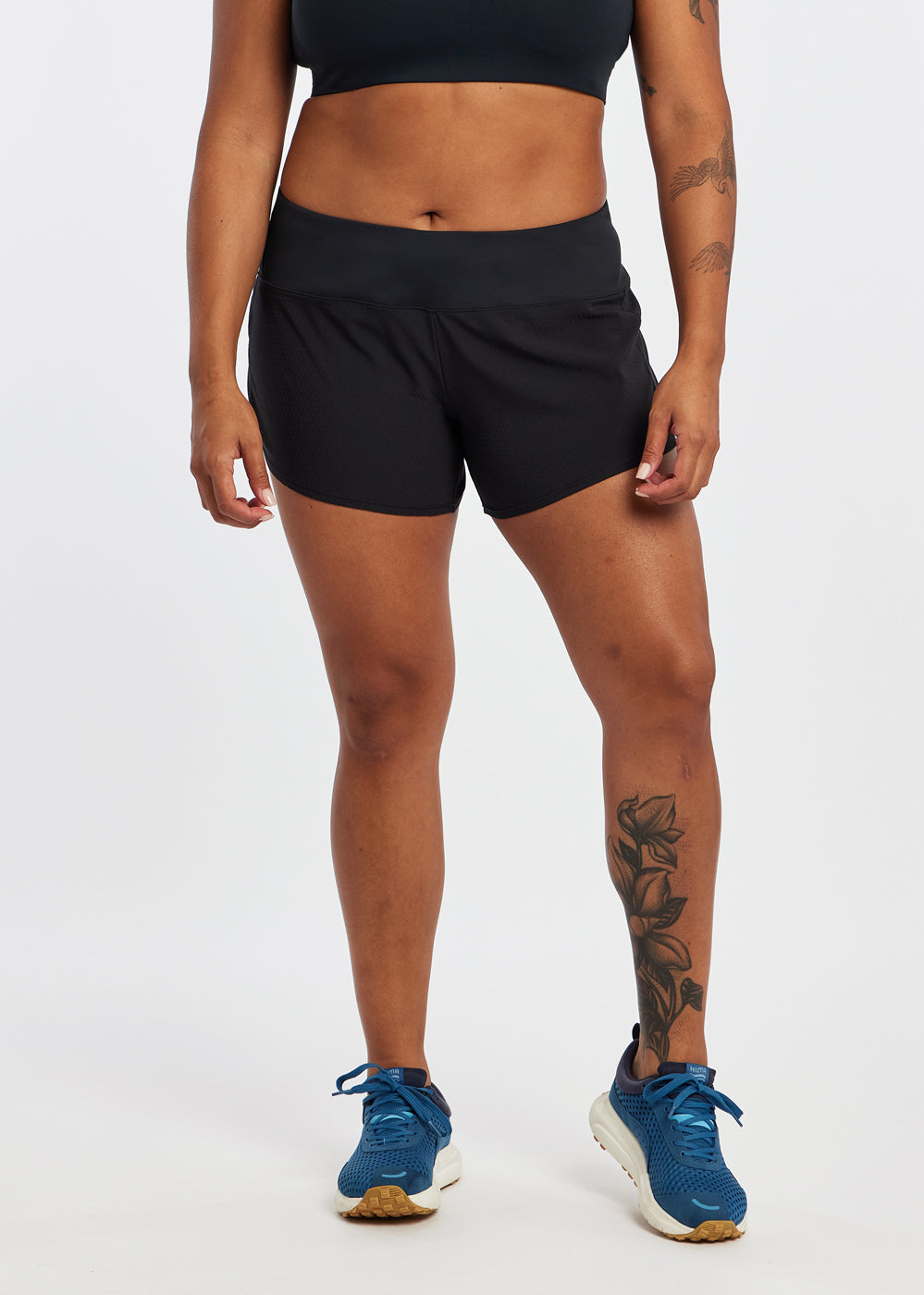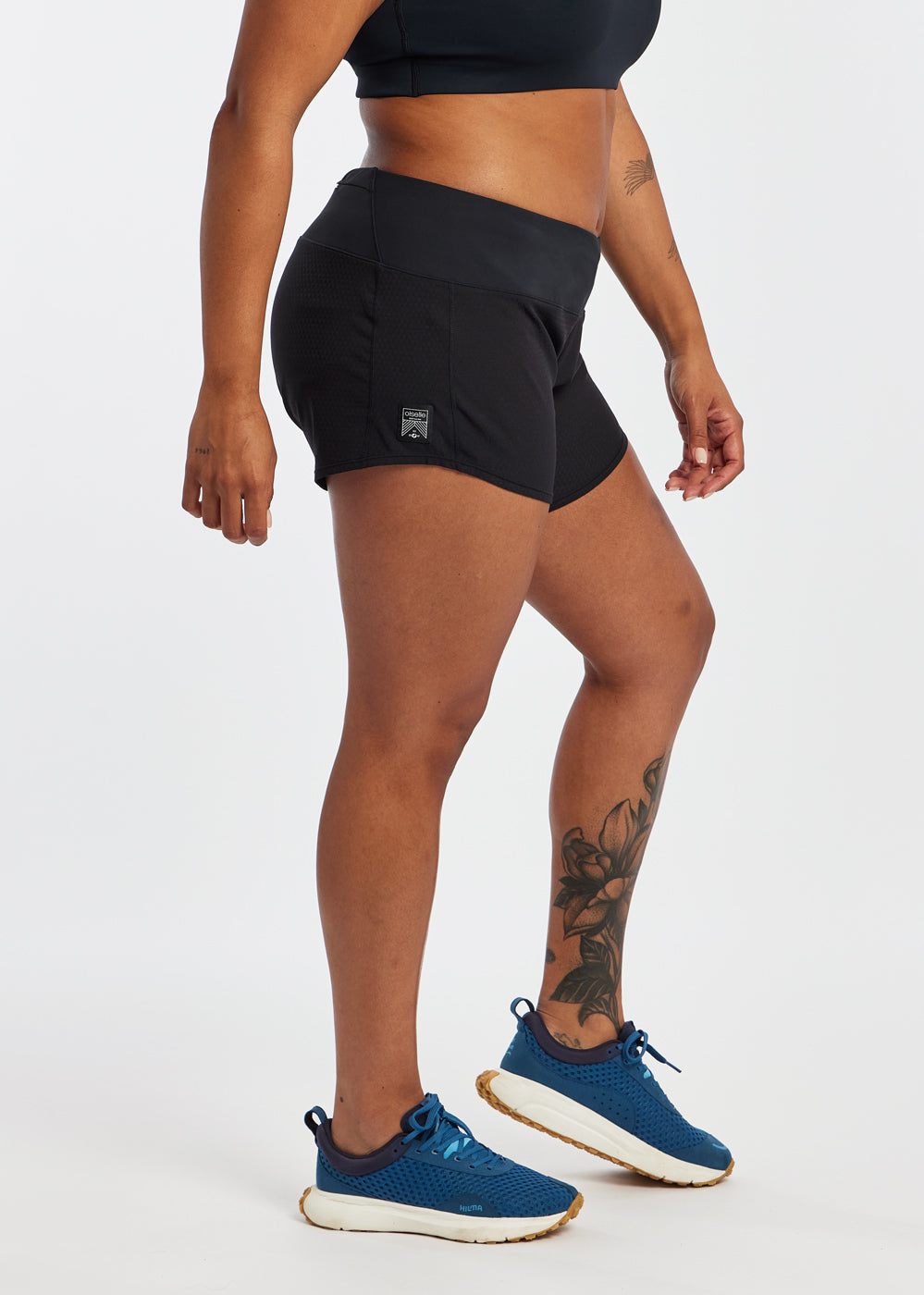BY: ALLIE BIGELOW

As we all know, if you run for long enough you are pretty much bound to find yourself staring down an injury. In my 25 years of running I have contended with injuries that came out of nowhere (I once broke a bone in my foot in the middle of an 800 meter repeat), and others that build slowly, sneaking up on you but finally shift from a niggle to a full blown injury that demands attention.
This was my situation this past spring, when a literal pain in my butt started to bother me in late January. At first it was manageable – dry needling, rolling and massage could keep it at bay for weeks at a time, and my running didn’t suffer. But those pain-free weeks slowly turned into days and then into hours, and in late April, from the sidelines of the Tenacious 10, I texted my physical therapist and said “I need an MRI; I think I have a pelvic fracture”.
It turns out I was right – I did need an MRI. But my injury was not the “worst case scenario” fracture I expected…it was worse. The pain in my butt was a severe case of high hamstring tendinopathy, with two of my three hamstring tendons each torn 1/3 of the way through up at the insertion point and one pulling on the bone enough to cause a stress reaction.
Once we figured out what was wrong with me, I was left with the following knowledge:
- I was really pretty severely injured.
- The recovery was going to be LONG.
- This particular injury is pesky and has a high rate of re-injury, especially if it isn’t managed carefully.
- There were things I could do to potentially have a positive effect on my outcome.
- Even after a long layoff and careful management there was still about a 30% chance that I wouldn’t recover and would need surgery.
My diagnosis came in mid-May, and my physical therapists immediately told me to not expect to run until at least September 1st. While I was still dealing with the shock of the injury and the massive layoff that stretched out before me, I was also aware that my only option at this point was to decide, very clearly, how I was going to approach the next 4 months of my life. To be a little cliché, there are times when we can’t control our circumstances, but we can always control our responses to them. This was DEFINITELY one of those situations.
As I began to develop a plan for recovery I quickly learned that healing from a hamstring tendon injury was different than any other injury recovery I had tackled in the past, mostly because it necessitated a cocktail of rest, strengthening, medical intervention, physical therapy and nutritional support. I often wonder if I could have skipped some of what I did, but at 45 years old I felt like I really needed to throw everything possible at the injury to increase my chance at success, so that is what I did and frankly I have zero regrets…because damnit, it worked!
I really want to emphasize that what follows is what worked for me, and for this specific injury, and that I was able to pursue such comprehensive treatment by virtue of my excellent health insurance coverage. That said, when you strip the specifics away, the basic principles are the same ones I have used to help me recover from all of my major injuries, and they have worked for me time and time again.
My recovery plan included the following:
- Find an expert to manage your care and be your advisor. I saw my physical therapist (the incomparable Carol Dubbels at Run Raleigh PT) every other week for the bulk of my layoff; she helped direct the recovery process and kept the rest of my body in line so my hamstring wasn’t being stressed by an out of whack sacrum or a tight adductor. But the most important role my PT served was that of expert. I trust her implicitly and follow her advice without second guessing. Turning over this level of management of my injury helped ensure that I wasn’t impetuous and kept my stupid choices to a minimum.
- Choose a cross-training activity that you can tolerate and will actually keep up with so you can maintain sanity and fitness. I swam with a pull buoy (no kicking!) and only pushed off the wall with my good leg. You cannot imagine my joy when I was cleared to flip turn AND push off with both legs. I eventually added in walking (see below) and the elliptigo. None of these are my sport of choice, but they kept me busy and ensured that when I was cleared to return to run I wouldn’t be woefully out of shape.
- Research medical interventions and consider them. After a lot of research I chose to have three PRP injections over the course of a week and a half. I really debated these: there isn’t a ton of conclusive evidence regarding their efficacy in my particular injury, they aren’t covered by insurance and they aren’t particularly cheap. But the risk was low, the potential reward was high, I am solidly middle aged, and my body doesn’t heal as well as it used to, so I decided to include them in my protocol. I have zero regrets.
- Find something to strengthen, even if it is unrelated to the injury itself. Whenever I am laid up I always choose a weakness to work on so I can return to running better than when I left it. In this case progressive core and hip/glute/hamstring strengthening was imperative to proper healing, so I included PT exercises, core and strength work almost every day of the week.
- Rest. Fortunately after the first two weeks completely off this injury didn’t require a ton of full rest, but when my PT or my body called for it, I listened without hesitation.
- Incorporate nutritional support, if recommended. I took collagen based on anecdotal evidence that it would help the tendon heal and beet extract (nitrous oxide) to help with skeletal muscle repair. I also took vitamins D and K, as well as magnesium, but I really cannot recall why.
- Start back with walking. I know…we are runners and we don’t like to walk. But when I was cleared to walk I dutifully did so as a way to prepare my body for a return to running. This helped my brain re-learn the proper firing patterns and transitioned the strength work I had done into functional, moving strength.
-
Make yourself accountable. Once we set my return to run date I carefully drew 110 blank check boxes on a sheet of paper and committed to checking one off each day – but only after I had done the activities (or rest) appropriate for the day. I cannot tell you how many times the desire to cross off a box was the difference between sleeping in and doing the PT work I needed to do to heal properly. The paper gave me structure, tracked and demonstrated progress, and helped me remain patient because I could always see that even when it didn’t seem like it, there was an end in sight.

- Don’t lose touch with your community. I cannot emphasize this enough! Despite my desire to wallow and hide I continued to attend all of our NC Volée meetups and participate in my regular Monday night yoga and beer routine, even when I couldn’t run or really do yoga. I went on 3 running vacations during my layoff, swimming and strength training when everyone else ran, just for the social aspect. I cowbelled, cheered and volunteered at races. When running friends asked what they could do for me I answered them, point blank, “don’t forget about me”. And for the record, my friends were amazing, so much so that they deserve special mention here. They gamely tolerated my freak outs and celebrated every single bit of progress, no matter how small. They bought me beer and took me to dinner. They even met me at the pool to swim alongside me. There is no way to accurately quantify how important their support was to my healing process, and my only hope is that they know how grateful I am.
- And finally, don’t rush the comeback. Being cleared to run doesn’t equate to “go run 5 miles fast”. For me, my return to running started with the following sequence: 2 minutes of drills/30 meter run/walk back. I repeated this a whopping 5 times on day one and was EXHAUSTED. But thanks to all the work I had done already, my hamstring was ready for the load and responded incredibly well. I quickly progressed to 70 meters, then 100, then onward, always with walk intervals. Almost two months later my walk breaks are short, just about 30 steps, and they now take place only once in a mile, but they are critical as they allow my body to reset itself and not perpetuate any bad biomechanical patterns that may have cropped up. In the early weeks of running my hamstring simply wasn’t ready to run without breaks, and I am 100% sure that if I hadn’t committed to following my PT’s plan I would have reinjured the hamstring and started the cycle over again.
You may have noticed as you read this, but there’s really nothing sexy or mysterious about proper injury recovery. It all just comes down to discipline, patience, rest and work. Fortunately that’s what we runners are good at, so once you get your arms around a recovery process it can actually be as rewarding as any training cycle is.

For me, when all was said and done I was actually cleared to begin running on August 23rd, a full week before my predicted return to running. Since those first 5 reps of 30 meters of jogging I have been able to progress at a shockingly fast rate, and much to my surprise I was cleared to run the Bourbon Chase Relay with my Oiselle Masters Birdstrike teammates last weekend. Running the relay had been off the table from the day I was diagnosed, and while I was more than happy to serve the team as a driver, being cleared to run (and making it through all 3 legs!) was by far the best bookend I could have imagined for this injury. Those 12 miles of running with my badass masters teammates were full of love, support, grit, hilarity and exhausted glee, and they made every single moment of diligent rehab and recovery worthwhile.







































































